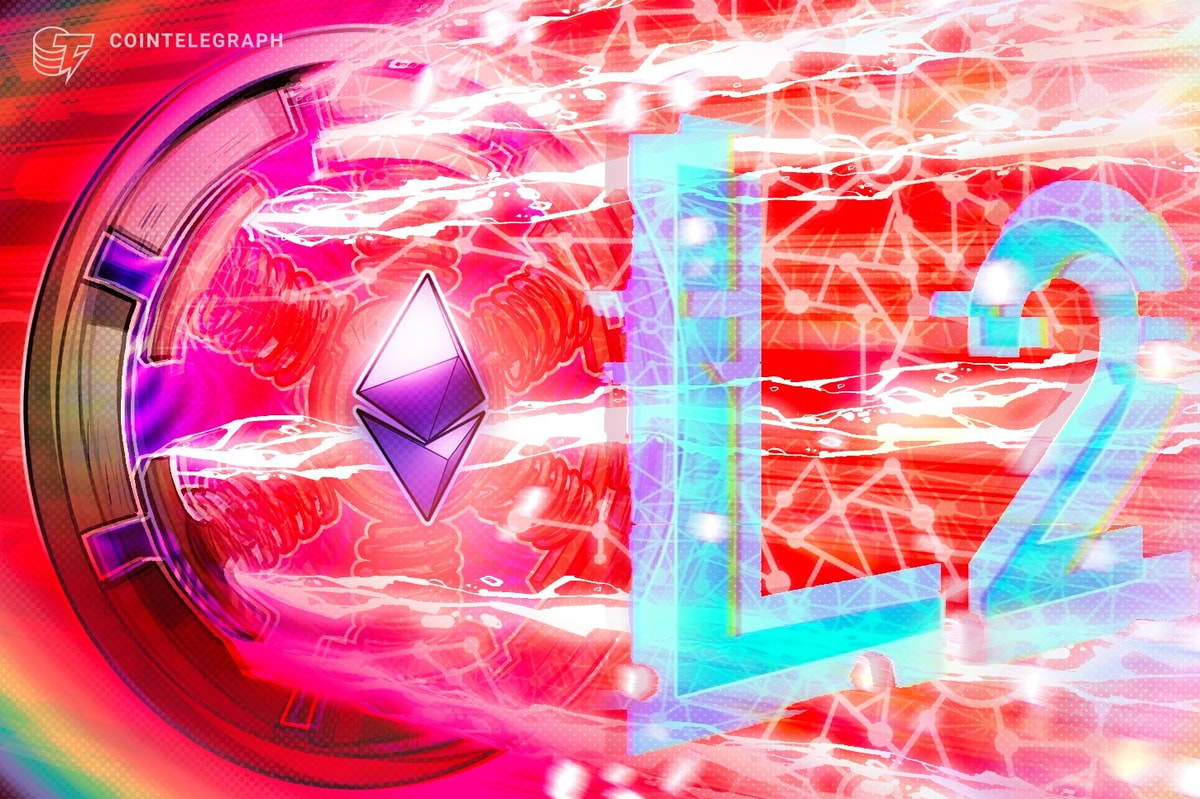Solana co-founder Anatoly Yakovenko expressed doubts in regards to the decentralization and security of Ethereum's Layer 2 (L2) scaling networks during a heated debate on Sunday.
Layer 2 scaling networks have an enormous attack surface and code bases which are so large that they can not be properly inspected for software errors. Yakovenko added that user funds may be moved from L2s based on multi-signature custody without user consent.
“The claim that Layer-2s inherit ETH security is fake,” Yakovenko said in the course of the debate. He argued:
“Five years into the L2 roadmap, wormhole ETH on Solana poses the identical worst-case risks as ETH on Basis and generates just as much revenue for ETH L1 stakers. It is incorrect irrespective of the way you slice it.”Source: Anatoly Yakovenko
The debate surrounding Ethereum's Layer 2 scaling networks continues as developers, investors and industry leaders debate whether the Layer 2 networks profit or harm the Ethereum Layer 1 blockchain.
Are there too many Ethereum Layer 2 networks?
According to L2Beat, on the time of writing, there are 129 verified Ethereum Layer 2 networks and 29 scaling networks which have not yet been verified by the positioning.
Accordingly, the blockchain industry has around ten times more L2s than is required
Adrian Brink, co-founder of Anoma, a Layer 1 blockchain protocol.
An overview of the Layer 2 sector. Source: L2Beat
There can never be too many L2s, argued Igor Mandrigin, co-founder of Web3 and blockchain infrastructure provider Gateway.fm.
The explosion of L2 networks is a healthy sign for Ethereum, signaling network growth and increased diversity within the ecosystem, Mandrigin said.
Anurag Arjun, co-founder of Avail, a unified chain abstraction solution and the Layer 2 network Polygon, agrees, telling Cointelegraph that every Ethereum L2 represents a high-throughput blockchain, giving Ethereum a wide range of high-throughput options.
However, in keeping with Binance Research, the proliferation of those Layer 2 networks is cannibalizing revenue on the Ethereum base layer.
These networks fragment liquidity and eat up revenue at the bottom layer because their transaction fees are low in comparison with transactions on the Layer 1 blockchain, the researchers write.

